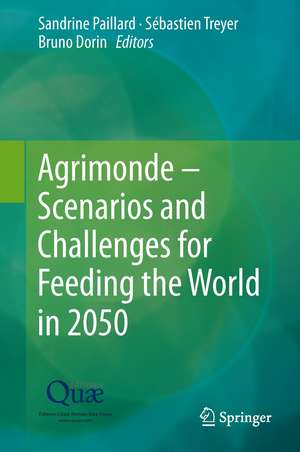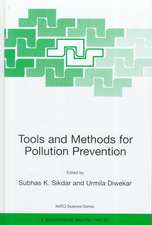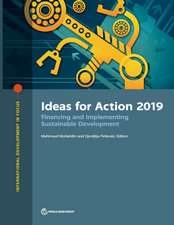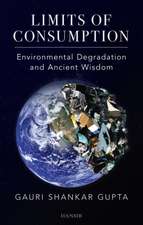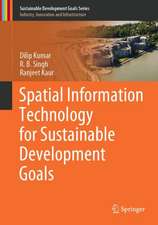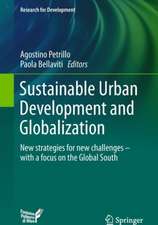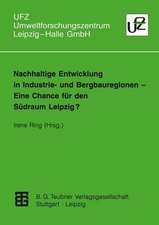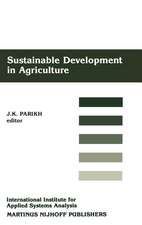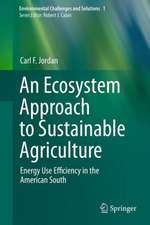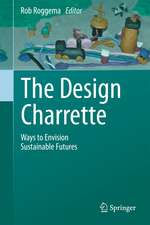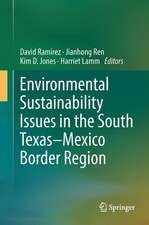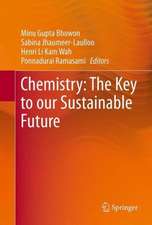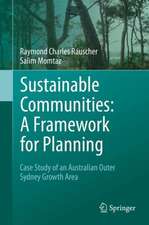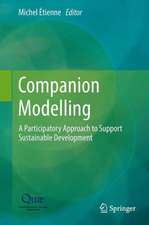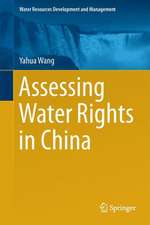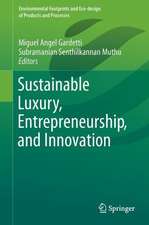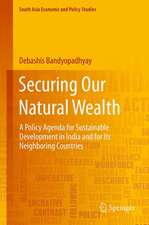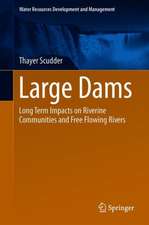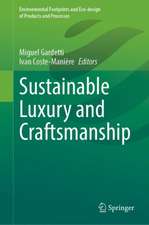Agrimonde – Scenarios and Challenges for Feeding the World in 2050
Editat de Sandrine Paillard, Sébastien Treyer, Bruno Dorinen Limba Engleză Hardback – 30 apr 2014
| Toate formatele și edițiile | Preț | Express |
|---|---|---|
| Paperback (1) | 558.75 lei 38-44 zile | |
| SPRINGER NETHERLANDS – 3 sep 2016 | 558.75 lei 38-44 zile | |
| Hardback (1) | 649.87 lei 6-8 săpt. | |
| SPRINGER NETHERLANDS – 30 apr 2014 | 649.87 lei 6-8 săpt. |
Preț: 649.87 lei
Preț vechi: 764.55 lei
-15% Nou
Puncte Express: 975
Preț estimativ în valută:
124.35€ • 130.18$ • 102.89£
124.35€ • 130.18$ • 102.89£
Carte tipărită la comandă
Livrare economică 05-19 aprilie
Preluare comenzi: 021 569.72.76
Specificații
ISBN-13: 9789401787444
ISBN-10: 9401787441
Pagini: 250
Ilustrații: XXI, 250 p. 89 illus., 80 illus. in color.
Dimensiuni: 155 x 235 x 17 mm
Greutate: 0.68 kg
Ediția:2014
Editura: SPRINGER NETHERLANDS
Colecția Springer
Locul publicării:Dordrecht, Netherlands
ISBN-10: 9401787441
Pagini: 250
Ilustrații: XXI, 250 p. 89 illus., 80 illus. in color.
Dimensiuni: 155 x 235 x 17 mm
Greutate: 0.68 kg
Ediția:2014
Editura: SPRINGER NETHERLANDS
Colecția Springer
Locul publicării:Dordrecht, Netherlands
Public țintă
ResearchCuprins
Preface.- Agrimonde: a work collective.- Acknowledgments.- Introduction.- 1 Agrimonde: a platform for facilitating collective scenario-building.- 2 Agribiom: a tool for scenario-building and hybrid modelling.- 3 The world food economy: a retrospective overview.- 4 Scenario-building choices and principles.- 5 Food consumption in 2050.- 6 Land use in 2050.- 7 Food crop yields in 2050.- 8 Resource-use balances in the Agrimonde scenarios.- 9 Agrimonde 1 and Agrimonde GO: comparison, coherence, drivers of change.- 10 Qualitative dimensions and Agrimonde scenario storylines.- 11 Scenario-based insight into food behaviours, technological options and trade :Food behaviours in question: are ruptures plausible?.- Conclusion.- Appendices.- Appendix 1 – Lists of countries and FAO-SUA product lines used in Agribiom – Comparison of observed and simulated animal food Productions.- Appendix 2 – Review of the world food economy.- Appendix 3 – Food availability and loss of food calories in the Agrimonde GO scenario – Definition of loss and waste of food calories.- Appendix 4 – Land areas in Agrimonde GO.- Appendix 5 – Main quantitative assumptions of Agrimonde scenarios – Process for attaining a resource-use balance.- Appendix 6 – Assumptions on the qualitative dimensions of the Agrimonde scenarios.- References.- List of abbreviations and acronyms.- List of authors.
Textul de pe ultima copertă
How will the world be able to feed close to 9 billion people in 2050 and still maintain the ecosystems? The 21st century has three challenges to meet concerning food and agriculture: food security in terms of both quantity and quality; protection of the environment and natural resources; and the increasing scarcity of fossil energies. In this perspective, INRA and CIRAD launched the initiative, in 2006, to develop a foresight project for analysing issues pertaining to the world’s food and agricultural systems on the 2050 timeline. The main objective was to anticipate the key issues with which tomorrow’s agricultural research will have to grapple. This book provides a synthetic presentation and illustrations of the main conclusions that this foresight project has yielded. First, it recapitulates the main statistical references for the period 1961 to 2003, before going on to describe the Agribiom simulation tool used to calculate food biomass resource-use balances. Two scenarios on the 2050 timeline are then considered: Agrimonde GO is a trend-based scenario that bets on economic growth to feed the world, in a context where environmental protection is not a priority. In contrast, the idea in Agrimonde 1 is to feed the world while preserving its ecosystems. This scenario explores assumptions that depart from current trends, and foresees a world in 2050 that has been able to implement sustainable agricultural and food systems. The aim is to afford a better understanding of the meaning of such development, with the dilemmas and the main challenges that it entails. This rigorous synthetic book will be of interest to decision-makers, professionals in the agricultural, environmental and food sectors, and anyone involved in research.
Caracteristici
A unique compendium of international agricultural and food statistics A unique interdisciplinary foresight exercise A French vision of sustainable development and its main challenges Includes supplementary material: sn.pub/extras
